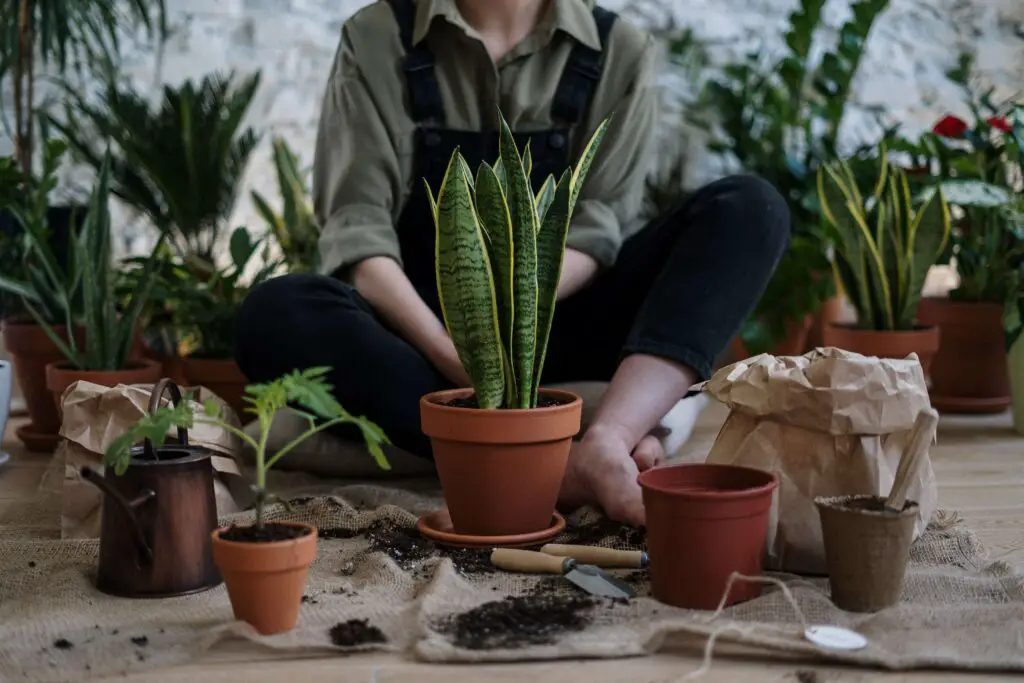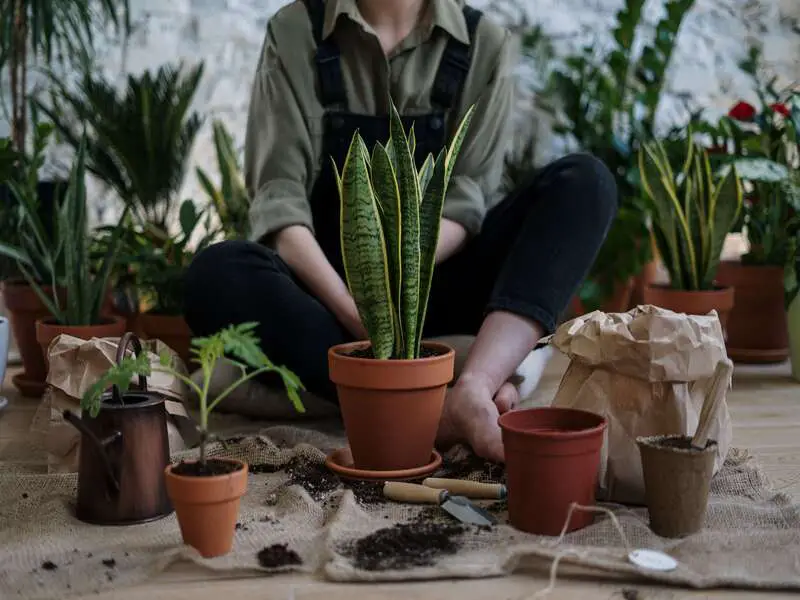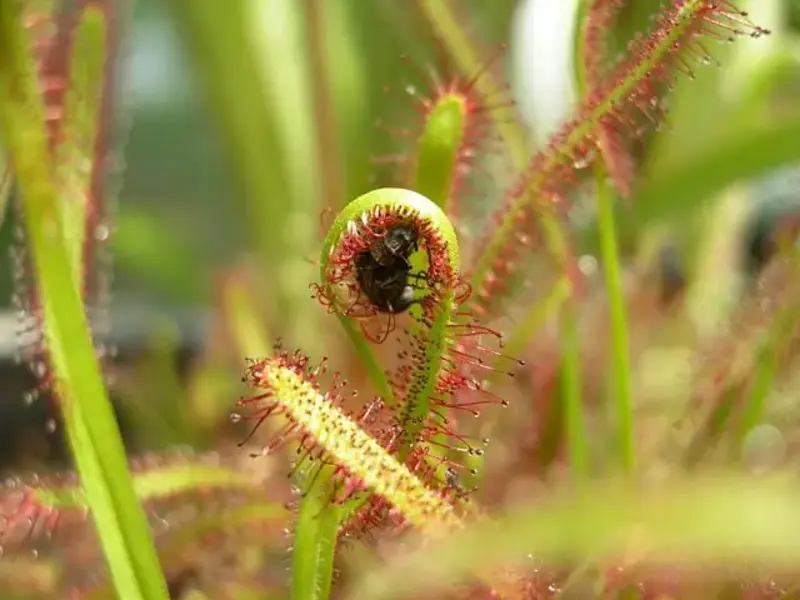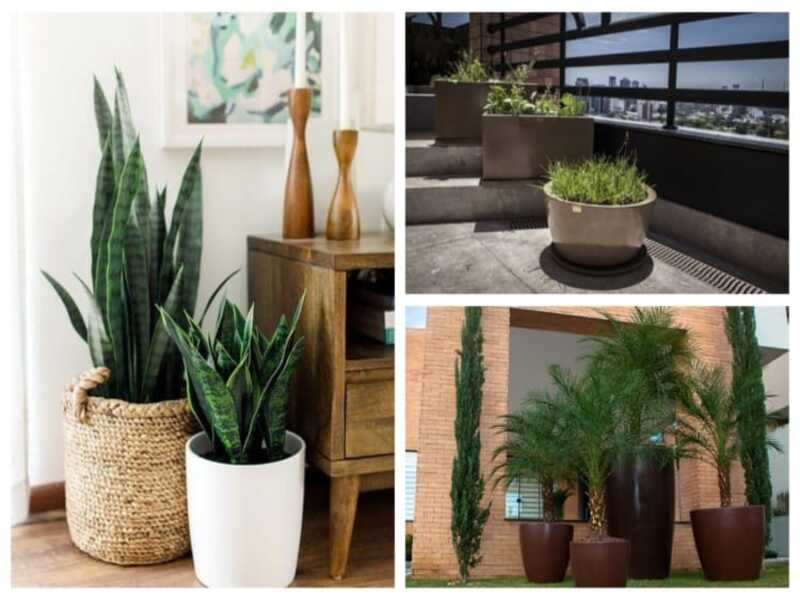Home gardening is a popular hobby that has gained popularity in recent years. It is an activity that involves growing plants and vegetables in your own backyard or balcony. It is a great way to get outside, get some exercise, and improve your diet. Creating and maintaining a home garden can be a lot of work, but the benefits are well worth the effort. In this article, we will provide you with a step-by-step guide on how to create and maintain a successful home garden.
Benefits of Home Gardens
Home gardens provide numerous benefits, including:
- Fresh produce: With a home garden, you can grow your own vegetables, fruits, and herbs. This means that you have access to fresh, organic produce all year round.
- Cost-effective: Home gardening can be cost-effective. Once you have established your garden, you can save money on produce and groceries.
- Physical exercise: Gardening is a great way to get outside and get some exercise. It is a low-impact activity that can help improve your overall fitness level.
- Mental health benefits: Gardening is a therapeutic activity that can help reduce stress, anxiety, and depression.
Planning Your Garden
Before you start planting, you need to plan your garden. This involves assessing your space, choosing your plants, preparing your soil, and designing your garden layout.

Assessing Your Space
The first step in planning your garden is to assess your space. Determine how much space you have available and what type of plants you want to grow. If you have limited space, you can still grow a variety of plants by using containers or raised beds.
Choosing Your Plants
When choosing plants for your garden, consider the climate in your area and the amount of sunlight your garden receives. Choose plants that are well-suited to your local climate and that will thrive in the amount of sunlight your garden receives.
Soil Preparation
Preparing your soil is crucial for the success of your garden. Start by removing any weeds or debris from your garden area. Then, test your soil to determine its pH level and nutrient content. If your soil is too acidic or lacking in nutrients, you may need to add fertilizer or lime to improve its quality.
Designing Your Garden Layout
Designing your garden layout involves deciding where to place your plants and how to arrange them. Consider factors such as plant height, color, and texture when designing your garden layout. You can also add decorative elements such as garden ornaments or pathways to enhance the look of your garden.
Planting Your Garden
Once you have planned your garden, it’s time to start planting. There are several ways to plant your garden, including starting your seeds, transplanting seedlings, and direct seeding.
Starting Your Seeds
Assessing your space is an essential step in planning your home garden. It helps you determine how much space you have available and what type of plants you want to grow. Whether you have a large yard or a small balcony, there are many ways to create a thriving garden.
The first thing you need to do is measure your space. This will give you an idea of how much room you have to work with. If you have a small space, don’t worry, you can still grow a variety of plants by using containers or raised beds. This is a great option for those who have limited space, as it allows you to plant a garden on your patio, balcony, or even on a rooftop.
Once you have measured your space, think about what type of plants you want to grow. Consider the amount of sunlight your space receives and whether it is shaded or exposed. This will help you determine which plants are best suited for your space. If you have a lot of shade, consider growing plants that do well in low light, such as lettuce, spinach, or herbs. If your space is exposed to a lot of sunlight, consider growing sun-loving plants, such as tomatoes, peppers, or cucumbers.
Another factor to consider when assessing your space is the soil quality. Determine if your soil is well-draining, nutrient-rich, and has the right pH level for the plants you want to grow. If you have poor soil quality, consider adding compost or other organic matter to improve it.
Finally, think about any potential obstacles in your space, such as trees, structures, or uneven terrain. These obstacles can affect the amount of sunlight and moisture your plants receive, so it’s important to plan around them.
Overall, assessing your space is an important first step in planning your home garden. By taking the time to measure your space, consider the type of plants you want to grow, and evaluate the soil quality and potential obstacles, you can create a garden that thrives in your unique space.
Transplanting Seedlings
Transplanting seedlings is an important step in the growth process of many plants. This involves moving young plants from their small pots or trays to larger containers or directly into your garden. Transplanting seedlings can help promote stronger root growth and can also help you manage the space in your garden more effectively.
When transplanting seedlings, it’s important to handle them gently to avoid damaging their delicate roots. First, make sure that the soil in the new container or garden bed is moist, but not too wet. This will help the roots settle in more easily.
Next, carefully remove the seedlings from their current container or tray by gently pulling them out from the bottom. Avoid pulling the plant by the stem, as this can damage the plant. If the seedlings are tightly packed together, gently separate them from each other so that each plant has enough room to grow.
Once the seedlings are out of their container, it’s time to transplant them. If you’re transplanting them into larger containers, add fresh potting soil to the new container and create a small hole in the center. Carefully place the seedling into the hole, making sure that the roots are covered with soil.
If you’re transplanting the seedlings directly into your garden, make sure that the soil is loose and free of rocks or other debris. Create a small hole in the soil with a trowel, and then place the seedling into the hole. Gently press the soil around the base of the plant to help support it.
After transplanting, make sure to water your seedlings thoroughly. This will help them settle into their new environment and encourage strong root growth. If the weather is hot and sunny, consider providing some shade for your seedlings for the first few days after transplanting to prevent them from drying out.
Overall, transplanting seedlings is an important step in growing healthy plants. By handling them gently and providing them with the right amount of water and nutrients, you can help ensure that your seedlings thrive and grow into strong, healthy plants.
Direct Seeding
Direct seeding is a popular method of planting seeds directly into your garden soil. This method is particularly well-suited for plants that do not transplant well, such as carrots, beans, and other root vegetables.
Before planting, it’s important to prepare your soil properly. Make sure that the soil is free of rocks, debris, and any large clumps of dirt. You may also want to add organic matter, such as compost or manure, to help improve the soil’s fertility and texture.
Once your soil is prepared, it’s time to plant your seeds. Start by marking out the area where you want to plant, either with stakes or a string. This will help you keep your rows straight and ensure that your seeds are planted at the appropriate spacing.
Next, use a hoe or rake to create shallow furrows in the soil, spaced according to the planting instructions on your seed packet. Make sure to plant your seeds at the appropriate depth, as specified on the seed packet. Cover the seeds with soil and gently pat down the soil to ensure good seed-to-soil contact.
After planting, make sure to water your seeds thoroughly. This will help them germinate and begin to grow. Keep the soil moist but not waterlogged, and be patient. Depending on the type of seed you planted, it may take several days or even weeks for your seeds to germinate.
Once your seedlings have emerged, thin them out as needed to ensure proper spacing. This will help prevent overcrowding and ensure that your plants have enough room to grow.
Overall, direct seeding can be an effective way to grow a wide range of plants, particularly those that do not transplant well. By preparing your soil properly, planting your seeds at the appropriate depth and spacing, and providing them with adequate water and nutrients, you can help ensure a successful harvest.
Watering Your Plants
Watering your plants is one of the most important aspects of maintaining a healthy garden. Plants need water to survive, and it’s important to make sure they receive the proper amount of water at the right times.
The frequency and amount of water your plants need will depend on a variety of factors, including the type of plant, the climate, and the soil conditions. In general, it’s best to water your plants deeply and infrequently, rather than giving them frequent shallow waterings. This encourages the roots to grow deeper into the soil, which can help them access more water and nutrients.
When watering your plants, it’s important to water at the base of the plant, rather than on the leaves or flowers. This helps prevent disease and ensures that the water goes directly to the roots where it’s needed most. You may want to use a soaker hose or drip irrigation system to ensure even watering and reduce the amount of water lost to evaporation.
In addition to regular watering, it’s important to pay attention to the weather and adjust your watering schedule accordingly. During hot, dry weather, you may need to water your plants more frequently to prevent them from drying out. Conversely, during cooler, wetter weather, you may need to water less frequently to avoid overwatering and waterlogging the soil.
Finally, be careful not to overwater your plants. Overwatering can lead to root rot, a condition in which the roots become waterlogged and begin to decay. Signs of overwatering may include yellowing leaves, wilted plants, and a sour, musty smell. If you suspect that your plants are being overwatered, reduce the amount of water you’re giving them and make sure that the soil has adequate drainage.
Overall, watering your plants is an essential part of maintaining a healthy garden. By watering deeply and infrequently, paying attention to the weather, and avoiding overwatering, you can help ensure that your plants receive the water they need to thrive.
Garden Maintenance
Maintaining your garden is important for its long-term success. This involves pruning and trimming your plants, fertilizing your soil, controlling pests, and harvesting your produce.
Pruning and Trimming
Pruning and trimming are essential gardening tasks that contribute to the healthy growth and attractive appearance of your plants. By removing dead or damaged branches, as well as any branches that are crossing or rubbing against each other, you can ensure that your plants are not wasting energy on unnecessary growth and are able to focus their resources on producing healthy foliage and flowers.
Fertilizing
Fertilization is a crucial aspect of gardening as it helps to replace essential nutrients that may have been lost over time. For optimal results, it’s recommended to use organic fertilizers, such as compost or manure, which not only improve your soil’s nutrient content but also promote soil health and fertility in the long run.
Pest Control
Effective pest control is essential to safeguard your plants from damage caused by insects and other pests. Instead of relying on chemical-based solutions, it’s advisable to use natural methods such as companion planting or insect-repelling plants to deter pests. If the situation requires, opt for organic pest control methods like neem oil or diatomaceous earth, which are safe and environmentally friendly.
Harvesting Your Produce
Harvesting your produce at the right time is essential to ensure that your fruits and vegetables have the best possible quality and flavor. If you harvest too early or too late, your produce may not be as flavorful or may have a different texture than intended. Therefore, it’s important to follow the specific harvesting instructions for each plant to ensure that you are picking the fruits or vegetables at the right time. These instructions may include factors such as the color, size, or firmness of the produce, or the number of days since planting. By following the instructions carefully, you can ensure that your produce is fresh, flavorful, and at its best.
Conclusion
Creating and maintaining a home garden can be a fun and rewarding experience. With proper planning, planting, and maintenance, you can enjoy fresh, organic produce all year round. Follow the tips outlined in this article to start your own successful home garden today.




